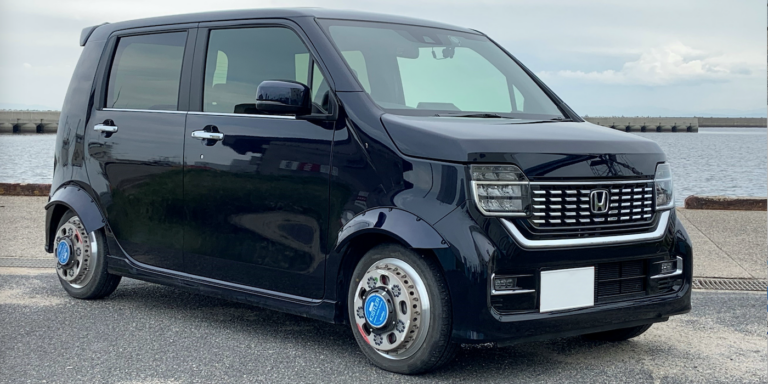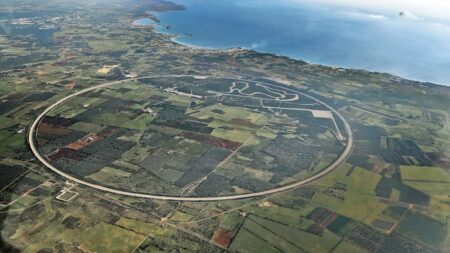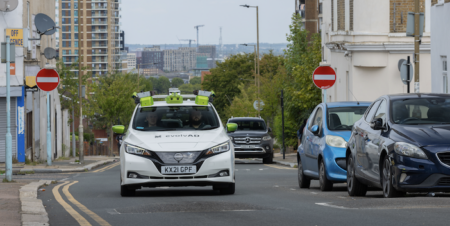Following approval by the Japanese government, Kistler’s RoaDyn S635, a six-component wheel-force transducer (WFT), can now be used for testing on public roads to test hub and rim geometries, load, and measurement range. The WFT passed tests to prove compliance with the local JWL (Japan Light Wheel Alloy) standard, meaning it can now be used for tests on microcars in local road traffic in Japan.
The RoaDyn transducers detect the load applied to the wheel by connecting each of the load cells to the wheel rim and hub, with the help of a vehicle-specific adapter. The signals are amplified directly in the load cells, and they are then filtered, digitised and coded by the hub electronics.
The data is then transmitted digitally by telemetry (inboard transmission), via a rotor/stator pair mounted on the inner side of the wheel (rotor) and wheel suspension (stator); this is followed by processing with the onboard electronics, and output to a data acquisition device.
The telemetry is located on the inner side of the wheel to minimise projection over the wheel contour, which allows the WFT to be used on public roads. According to Kistler an FEM strength simulation analysis has shown that the six-component WFT can handle the loads stated on the data sheet.
JWL tests
The JWL standard was introduced by the Japanese Ministry of Land, Infrastructure, Transport and Tourism as a standard to improve the safety of light alloy wheels. Use on public roads is permitted only if the requirements set by this standard are met. To comply with the JWL standard, the RoaDyn S635 had to undergo three extensive tests. After successfully meeting the criteria, the WFT was granted JWL certification.
The first stage of the approval process was a rotary bending test, focusing on the rotational loads and moments that act on the wheel during driving. A clamping device on the rim flange was used to clamp the WFT – comprising load cells, structural elements, and the aluminium rim – onto the test equipment. The transducer was then exposed to a rotary bending moment over the mounting surface of the wheel hub, with 120,000 cycles completed. Next came a radial-load endurance test, using a machine equipped with a drum, with more than 600,000 cycles performed. The final element was the impact test, when the wheel was placed on a mounting plate, fixed, and inclined by 13 degrees. A free-falling weight was dropped onto the edge of the rim flange, and the wheel was then examined for cracks, deformations and air leaks.
After each of the three tests, a dye penetrant inspection was carried out to check for cracks. The transducer met the requirements in all the test phases, and according to Kistler an electromagnetic compatibility examination of the telemetry also yielded successful results.





